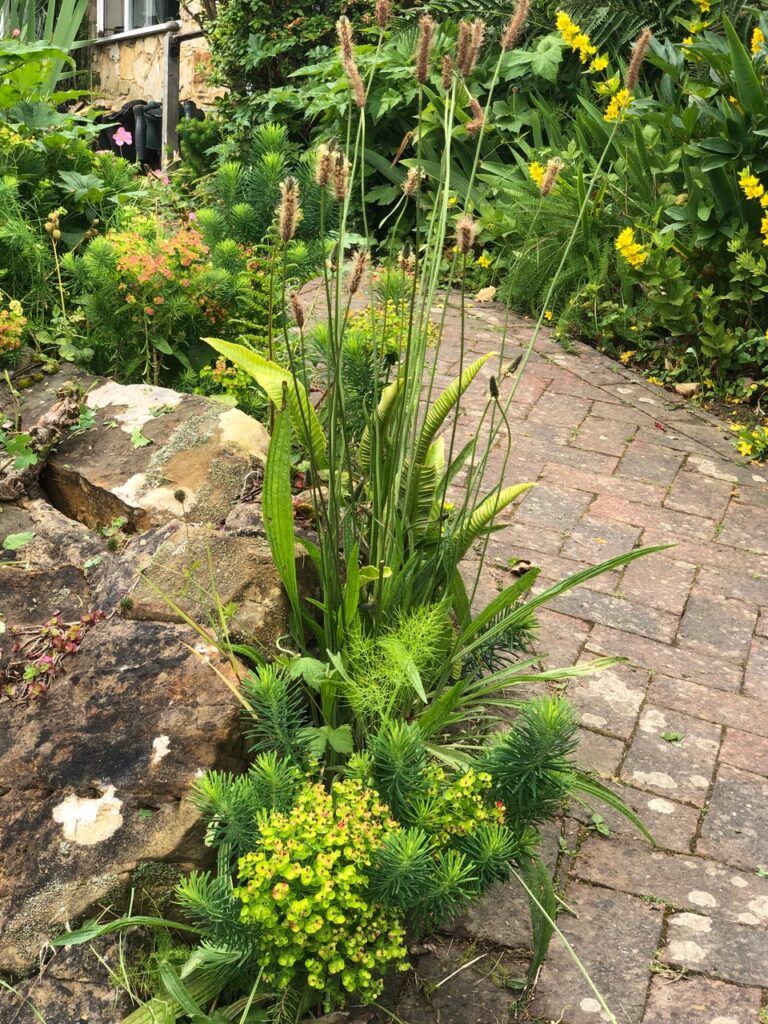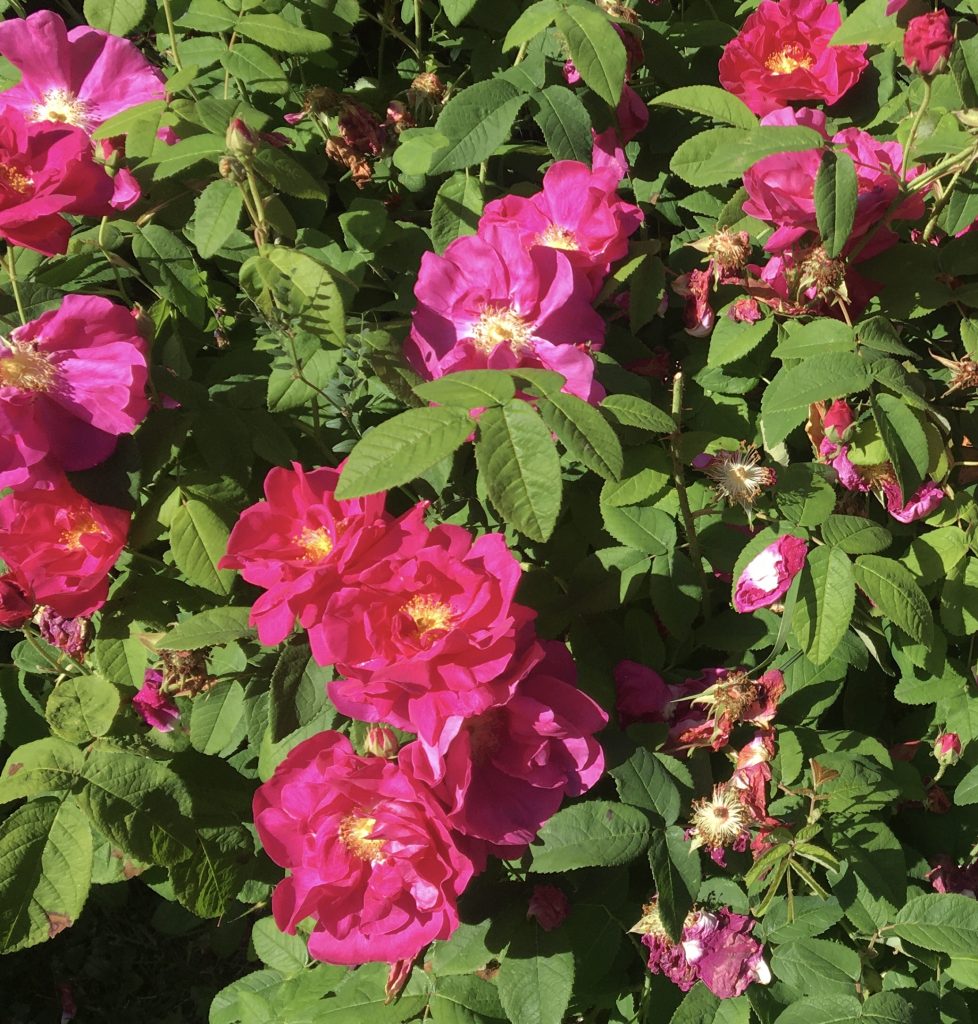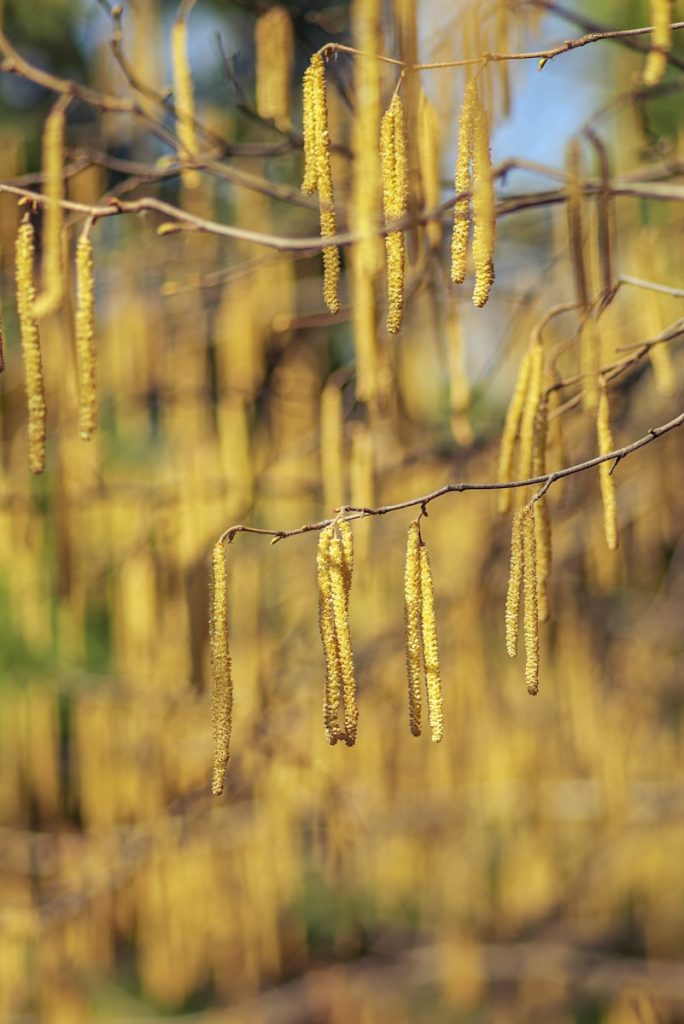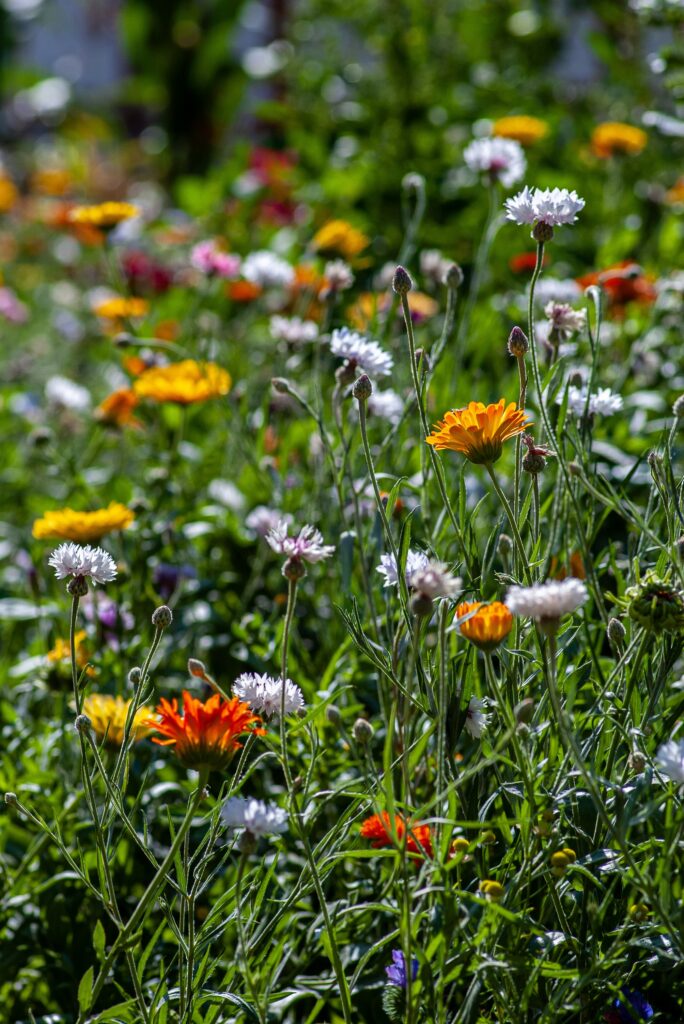The Art of ‘Incorrect’ Gardening
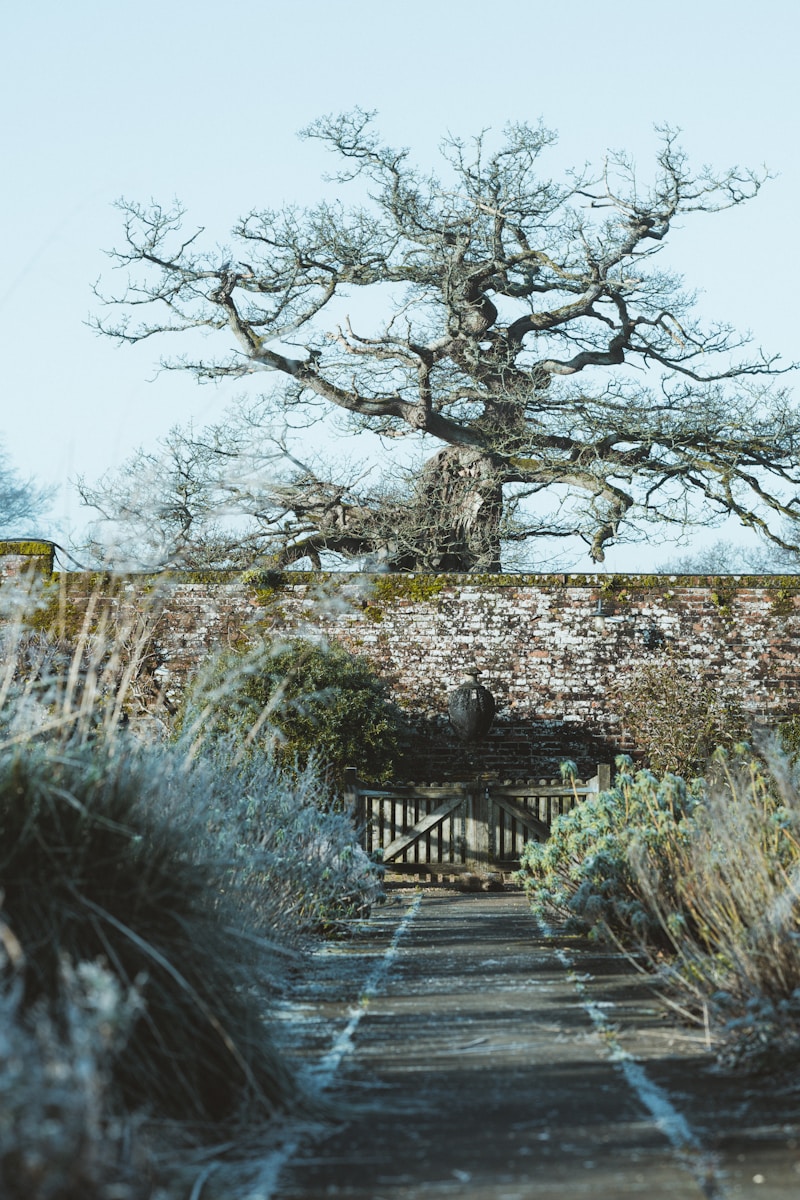
“Learn the rules like a pro, so you can break them like an artist” – Pablo Picasso
Over my years as a gardener, I have built up a long list of rules for ‘correct’ gardening that I proudly preach to anyone who will listen, and which seem to be cast in stone. In the spirit of the quote above by the artist Picasso, here are some activities which are ‘not allowed’ in gardening but which upon reflection might just be ok; all of which I have personally done already this year!
Using the lawnmower in February. I used to say that it was ‘against my religion’ to cut grass in January and February, but I have just done this in a meadow in one of my gardens. Admittedly it was a very special situation because it was going to be grazed over the winter by sheep who in the end never arrived. The meadow was looking very shaggy and the first bulbs were about to come through: I decided that mowing it on a high cut would remove the bulk of the shagginess whilst probably not damaging too many bulb tips. I have to admit it does look smart and ready to show off the crocuses and daffodils, so it feels like a good decision.
Putting weeds on the leaf pile because the compost heap is too full. The leaf pile is supposed to be for leaves, so therefore nothing else should be allowed to go on it. Whilst this is technically true, I think it is ok now and again to add other organic matter. This is because leaves need two years to rot and therefore a small amount of other material will definitely decompose well within that timeframe. However, the usual rule of no ‘bad weeds’ (ground elder, bindweed, and seeded docks) should never be ignored.
Putting leaves on the compost heap because the leaf pile is too far away. Surely this is ‘not allowed’? based on the above logic the leaves will not rot in time (compost needing only a 6-month cycle). However, as long as it doesn’t become a lazy habit I would suggest it is occasionally alright to do this, particularly if the compost is very wet and therefore in danger of stagnation, because the leaves will add some dryness and form to encourage air into the heap and aid the composting process.
Leaving herbaceous plants in a flower bed about to be accessed by builders. I recently made this decision with some beautiful purple hellebores which were in their full prime. I was very tempted to move them out of the way of the imminent builders, but was persuaded to leave them because a) the builders might actually see them, appreciate them and therefore give them a wide berth and b) moving the plants would disturb their still developing root system, arguably more important than the loss of flowers. So I will observe what happens and hope that any pruning of stems and flowers by feet above ground will only serve to strengthen the root system which should continue to develop below the ground, unseen and hopefully undamaged.
So, as the gardening season begins in earnest in March, maybe we could break some of our rules and do something ‘incorrect’; in the process, we might learn something new and useful. Perhaps the advice of the famous scientist Albert Einstein is all we need to begin: ‘Anyone who has never made a mistake has never tried anything new.’
Michael Fuller, February 2024


